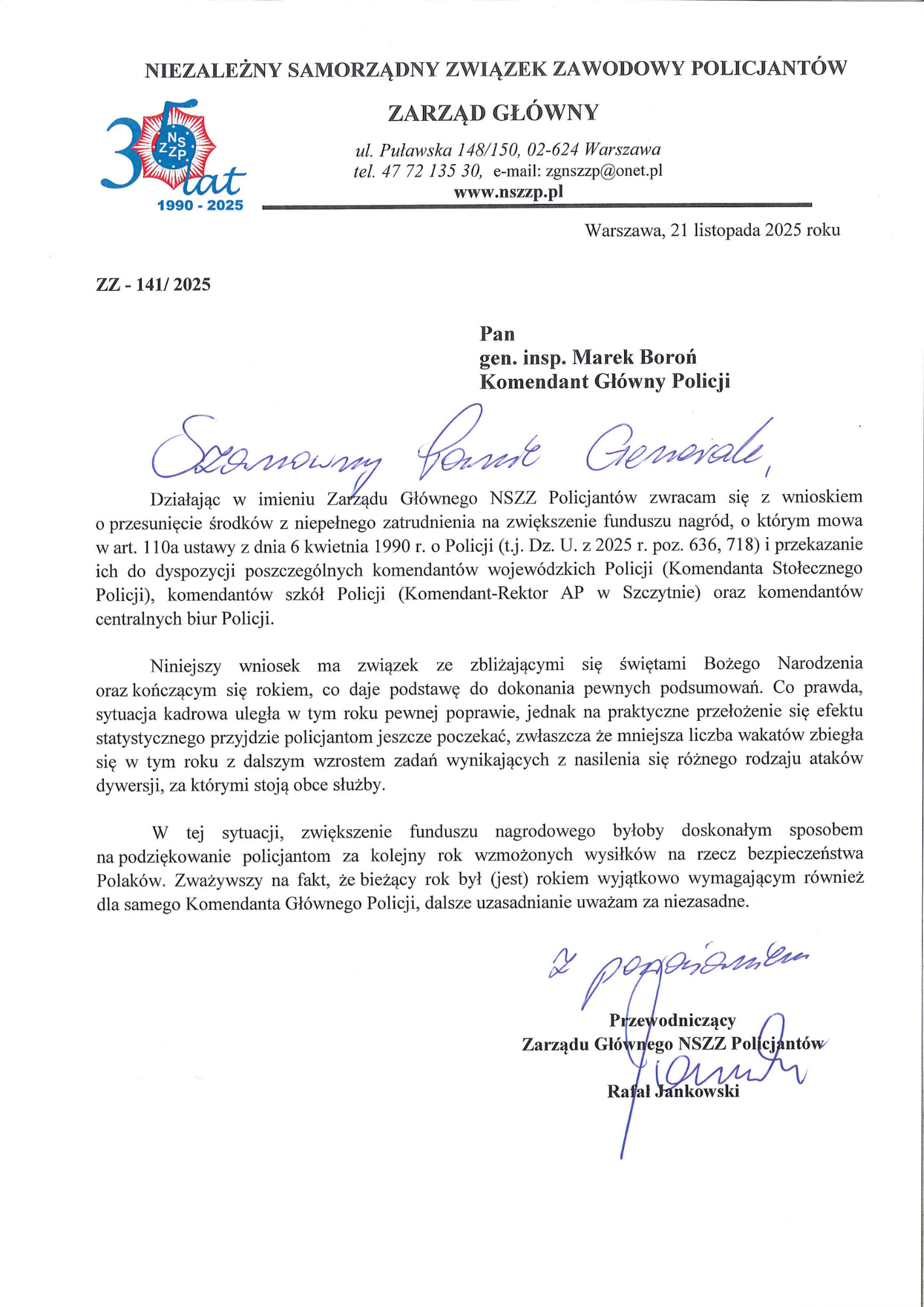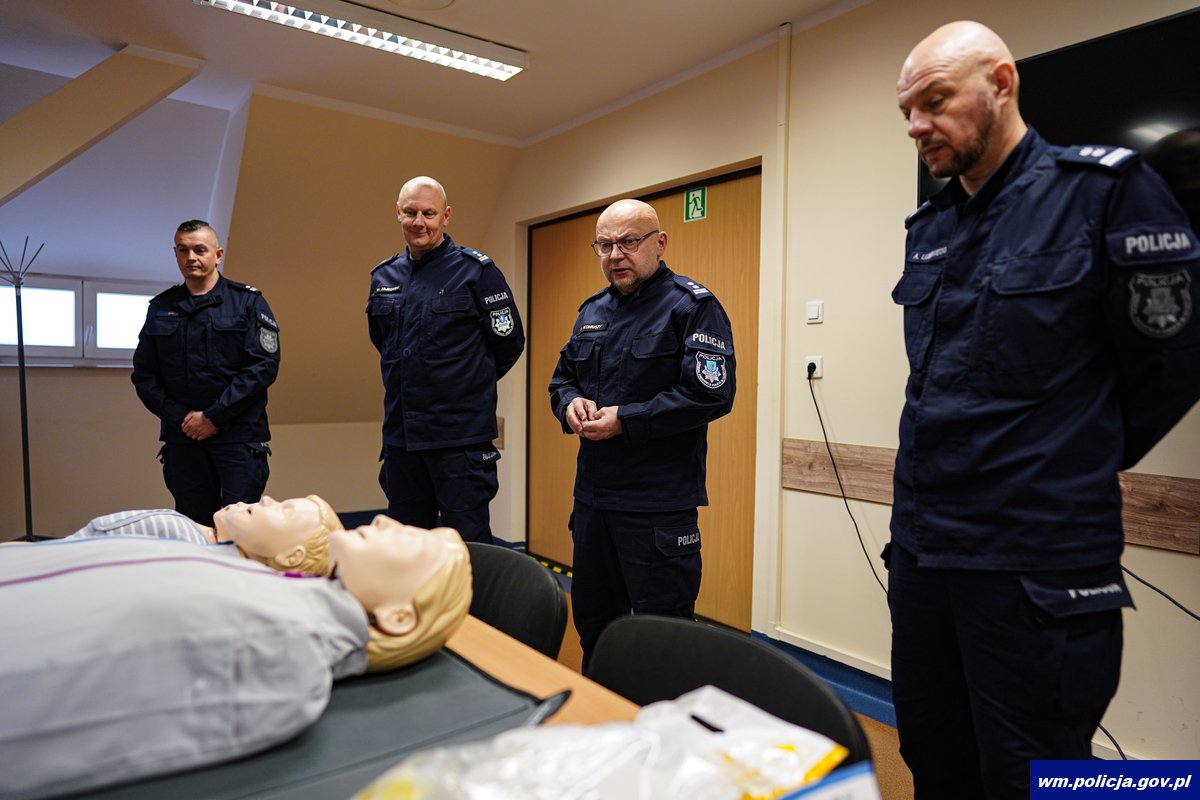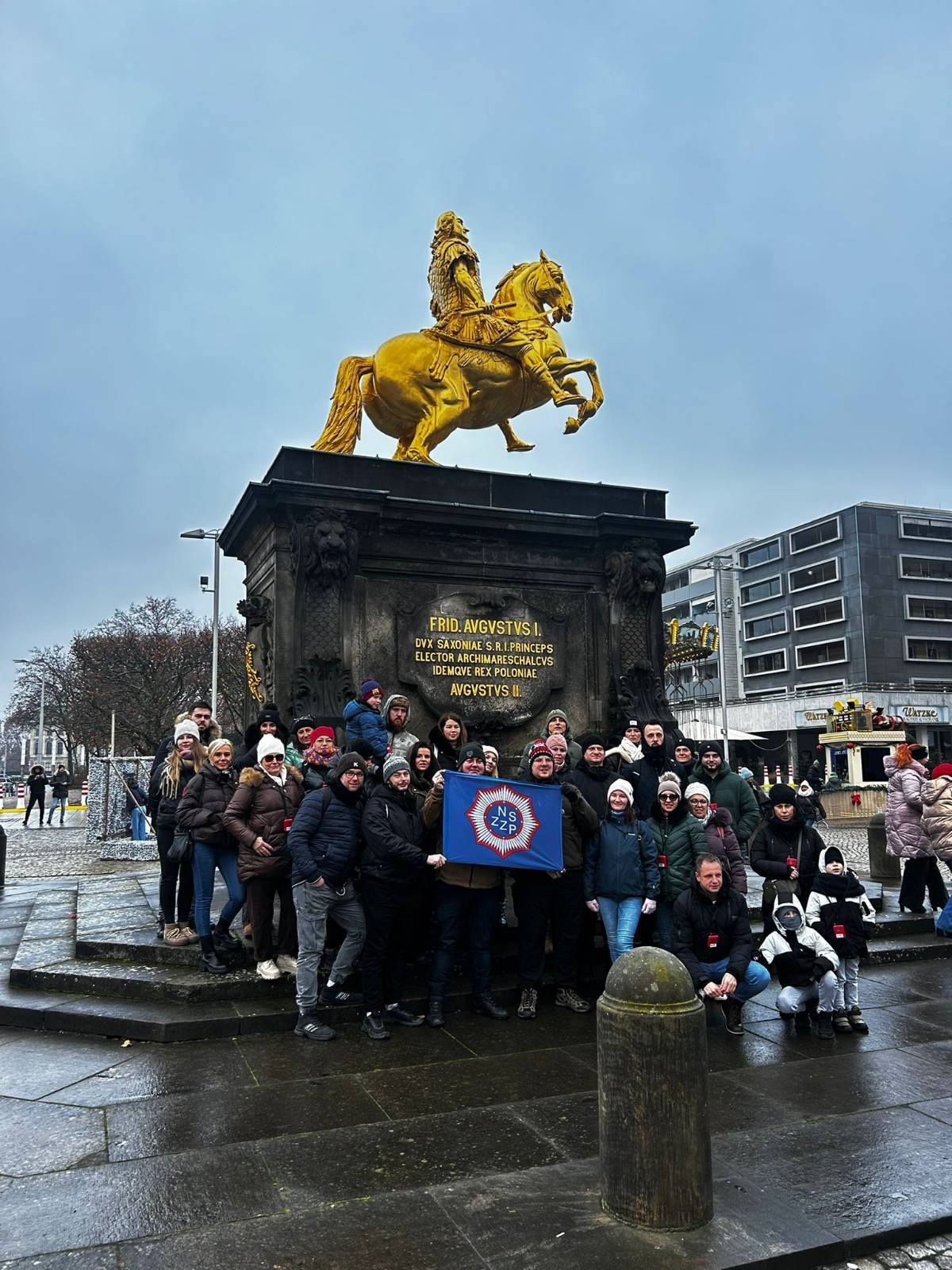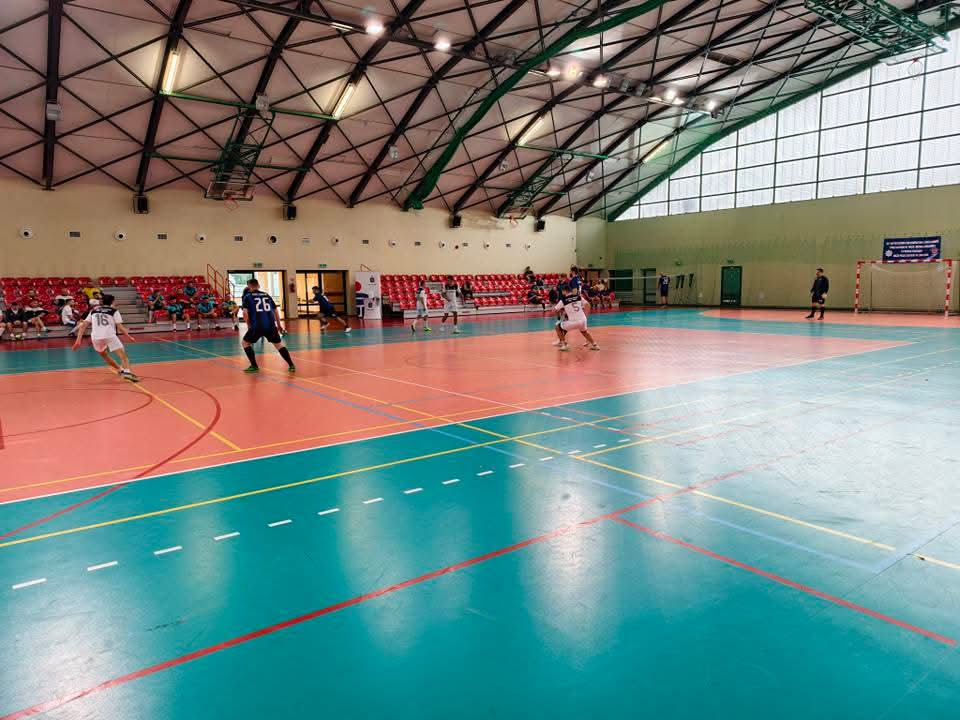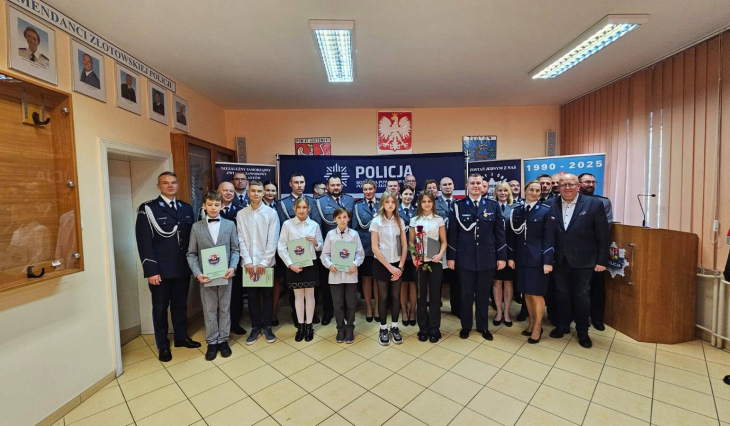Historical calendar – the anniversary of the beginning of the siege of Krakow by Mongolian troops. The war was connected with another large Mongol invasion of Poland and Hungary.
Today in our calendar we will look at the final phase of the Polish fight with dangerous nomads.
Third Mongol invasion on Poland He was closely associated with the events that took place in Hungary, where after the death of Stefan V, Władysław IV Kumanczyk, 10 years old, was king and whose parent was Elizabeth, daughter of Kotian, Khan of Polovce.. shortly the struggles for power between powerful Hungarian families began. The fresh king sought to strengthen his position through an alliance with the Halfies and the Mongolian Golden Orda. In 1285 Władysław turned to Nogaj, 1 of the most crucial Mongolian chiefs, and to Teleboga, ruler of the Golden Orda.
As Mongolian troops were preparing to intervene in Hungary, the Duke of Masovian Bolesław II ravaged the border Russian lands, which was agreed with Prince Leszek Black. any of the Russian troops supporting the Mongols were forced to turn around, which contributed to the failure of the Mongolian intervention in Hungary, at the turn of 1285 and 1286. It was decided to take revenge on Poles.
The most crucial goal of the planned expedition was to plunder and plunder Małopolska and Sandomierz land. The political goal was most likely to weaken the economical and military state of Prince Leszek Black, who at that time grew up to be Hungary's most crucial ally, rival of the Golden Orda.
Of the 2 northern armies, under command Telebogi, it was expected to hit Sandomierz land, confederate – smaller numbers, under the command of Nogaj, it was expected to go straight to Kraków and Małopolska. Both armies were to ravage the affected lands and meet north of Krakow. The separation of the army was aimed at dispersing and disorienting Polish forces, allowing easier looting and minimising own losses.
The disparity of forces between the northern and confederate armies was most likely dictated by the fear of the confrontation of Bolesław II Mazowieckie. The Mongolian army, more specifically the northern army, was accompanied by a large contingent of Russian troops under the command of Prince of Lutsk Mścisław, Duke of Volynsk Włodzimierz and Duke of Halitsk Lion. The numbers of the Tatar-Russian forces are not entirely known. Teleboga's army is estimated to be 20,000, while Nogaj's forces for 10,000 rides.
According to estimates, Prince Leszek Black could argue them in a full of 15 1000 armed forces, including 5 1000 ridings, which was a force of considerable and giving hope to defy the invasion. It besides looked good to fortify the main castles of the affected lands. The strongholds of Kraków, Sandomierz and Stary Sącz and insignificant castles were strengthened.
The problem for Leszek Black was the deficiency of strong allies among the territory princes and the weakening of his own army resulting from losses suffered during the successful retaliatory expedition to Mazovia against Konrad Czerski in June 1287.
The first phase of the Mongol invasion of Poland began on 7 December 1287 with an exit concentrated in the Włodzimierz Wołyń region of the northern Mongol army under the command of Teleboga, together with their accompanying Russian troops towards the borders of Poland. Bypassing Lublin invaders tried to scope the left bank of the Vistula River at the tallness of Zawichost.
The deficiency of an ice cover on Wisla forced Teleboga to march south and only after the strong frosts came the Mongols defeated the frozen San and the Vistula, after which they entered the Sandomierz land. most likely under Lublin or Zawichost Teleboga sent a branch towards Mazovia, which was to ravage the territory of Bolesław II Mazowieckie, in retaliation for the invasion of the Duke of Mazovia on Russia in 1285.
Without trying to get Sandomierz, Telebog left only Rusins under his walls and dissolved his pursuits on the Sandomierz land, placing command in Goźlice. The actions of the Mongolian troops were characterized by large nervousness and haste. They have not gained any crucial fortified place. They attempted to approach the monastery on Lysa Góra. According to the messages, Polish troops under Leszek Czarny defeated Mongolian forces in Świętokrzyskie Mountains.
The Northern Army's movements did not go beyond Sandomierz land, reaching southward to Tursk the large and to Lysa Gora in the west. It is known that already on Christmas Eve 1287 the Telebogi Mongols began retreating in January 1288 to Lviv.
Meanwhile, the confederate army commanded by Nogaj reached Kraków on December 24, 1287, where she began the siege of the city. In view of the hard and fierce opposition of the townspeople and the low views of the successful end of the siege Nogaj gave the order to regroup troops and start operations in the area of Kraków and Sieradsk. Parallel to the demolition of Kraków's land, an effort was made to ravage Podhale and the popular and well-developed areas of Stary Sącz.
Two large columns of Mongolian forces moved southward. The first arrived in the Podhale area, where she burned Podoliniec and clashed over the Danube with local Highlanders. The second, larger group headed for Old Sącz to gain it. The Mongols besieged a well - strengthened castle, but in the face of good preparation of the defence the siege continued and yielded no tangible results.
The signal for the retreat of Nogaj from Poland was the defeat of his forces in the conflict of Stary Sącz, where Mongols beat the Hungarian rescue brought by Jerzy of Sovar. At the end of January 1288, the Mongols withdrew completely to the area of the Halickian Rus, where they made large looting by vetoing their failed expedition to Poland.
The Mongolian invasion amazed Leszek Black. However, the defence plan, which was undoubtedly the work of the Prince of Kraków, worked. It consisted of 3 stages. The first phase is passive defense, i.e. protection in the bulkheads and their defence. The second phase is the transition to defensive active, that is, abolishing tiny Mongolian troops. The 3rd phase is simply a counter-attack and a task with the engagement of the Hungarian military troops of military defeat to invaders.
As in the erstwhile raids, the Mongol attack at the turn of 1287 and 1288 active large havoc, looting and disorganization of the country. However, compared to an earlier raid, which was besides purely depraved, The Mongols acted little rapidly and did not get any more serious castles, limiting themselves to agrarian plunder. It is estimated that they could have abducted up to a fewer 1000 people into the Jasir. There were besides considerable losses in the plundered spoils, but they are hard to compare to those from the turn of 1259 and 1260.
Mongolian aggression highlighted the strength of a fresh social group, which was made up of townspeople, and well-fortified and bravely defended cities became a strong point in the country's defence system. Instead, she exposed the weakness of a large country broken up into districts that the rulers could not work together on key issues. For the worldly minds of that era this was another argument for the reunification of the Polish lands within the framework of the unified kingdom.
Previous entry from our calendar is available Here.

